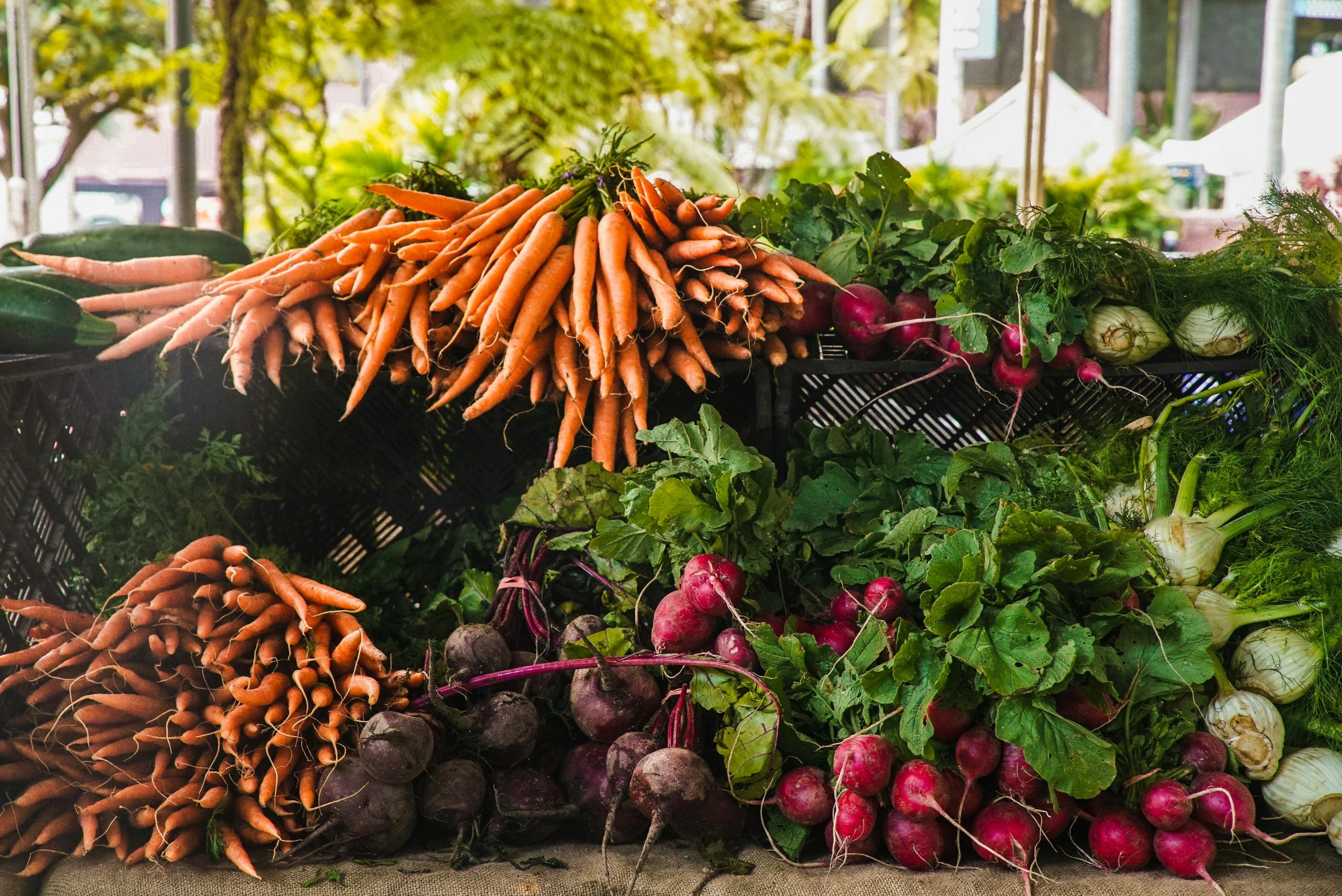The farm-to-table movement has gained significant momentum in recent years, reshaping the way we approach food. At its core, farm-to-table is about sourcing ingredients directly from local farms and suppliers, promoting sustainability, and supporting local economies. This shift is not just a trend; it’s a cultural change in how we view food, its origins, and its impact on the environment. As consumers become more conscious of their food choices, the benefits of local sourcing are becoming increasingly clear, both for the individual and the planet.
The Rise of Local Sourcing
Farm-to-table is more than just a catchy phrase. It represents a broader shift in the food industry, where sourcing ingredients locally is becoming a priority for chefs, restaurants, and consumers alike. The rise of this movement can be attributed to a combination of factors, including increased awareness of food origins, concerns about the environmental impact of industrial farming, and a growing interest in healthier, more sustainable eating.

At its heart, local sourcing is about building relationships between farmers and consumers. By buying directly from local farms, restaurants, and individuals can access fresher, more flavorful ingredients that are often grown without harmful pesticides and chemicals. This direct connection between farm and table also allows for more transparency in food production, which is increasingly important to modern consumers who want to know where their food comes from and how it’s made.
Sustainability at the Forefront
One of the most significant benefits of the farm-to-table movement is its emphasis on sustainability. By reducing the distance food travels from farm to plate, this approach helps to minimize the carbon footprint associated with food production. Industrial farming practices often involve long-distance transportation, which contributes to greenhouse gas emissions and environmental degradation. By sourcing food locally, we can significantly cut down on the need for transportation and reduce the environmental impact of our food choices.
Furthermore, local sourcing often supports sustainable farming practices, such as crop rotation, organic farming, and reduced chemical use. These practices help preserve soil health, reduce water usage, and protect local ecosystems. By choosing locally grown food, consumers are supporting agricultural practices that are better for the environment and the long-term health of the land.
Supporting Local Economies
In addition to its environmental benefits, farm-to-table sourcing also plays a crucial role in supporting local economies. Small farmers and producers often face challenges competing with large-scale agricultural operations, which benefit from economies of scale and significant government subsidies. When consumers choose to buy directly from local farmers, they provide crucial support for these small businesses, helping them to thrive and grow.

This support extends beyond just farmers. Local sourcing can create a ripple effect throughout the community, benefiting food producers, transportation companies, chefs, and even local food markets. By building strong relationships between restaurants and local suppliers, farm-to-table encourages a more sustainable and equitable food system. As demand for local products increases, more farmers and producers are encouraged to adopt sustainable practices, creating a positive feedback loop that benefits everyone involved.
Healthier Eating and Fresher Ingredients
Another major advantage of the farm-to-table movement is the availability of fresher and healthier ingredients. Food that is sourced locally and seasonally is often more nutrient-dense because it is harvested at its peak, rather than being picked prematurely for long-distance transportation. When food is grown closer to home, it doesn’t have to undergo the same preservation processes that many mass-produced foods require, such as refrigeration or chemical treatments to extend shelf life.
In addition to being fresher, locally sourced food tends to be more flavorful. Fruits and vegetables grown in nutrient-rich soil and allowed to ripen naturally offer superior taste compared to those that have been harvested early for shipping. This emphasis on flavor is one of the reasons why farm-to-table restaurants often feature seasonal menus, where the dishes change to reflect the availability of fresh, local ingredients.
The Farm-to-Table Experience in Restaurants
For many people, farm-to-table is closely associated with restaurants that prioritize local sourcing. Chefs who embrace this movement often work closely with farmers, fishermen, and artisans to design menus that highlight the best of what is available in their region. These chefs are not just cooking meals—they are telling stories about the land, the people who grow the food, and the traditions that make that food unique.
In farm-to-table restaurants, menus often change seasonally, reflecting the availability of fresh ingredients. This dynamic approach to dining offers customers the opportunity to experience food in a way that connects them to the seasons and the local environment. It also encourages creativity in the kitchen, as chefs must think on their feet and create dishes based on what’s available at any given time.
Beyond the food itself, farm-to-table dining fosters a deeper connection between the consumer and the food system. Restaurants often take the time to explain where their ingredients come from, giving diners a better understanding of the sourcing process and the importance of local, sustainable food systems. This transparency helps to cultivate a greater appreciation for the food we eat and the people who grow it.

Farmers’ Markets: A Direct Connection to Producers
While farm-to-table is often associated with restaurants, it’s also something that individuals can embrace through their local farmers’ markets. Farmers’ markets are an excellent way for consumers to engage directly with the people who grow their food, creating a sense of community and connection. These markets provide a platform for local farmers to sell their products directly to consumers, cutting out the middleman and ensuring that more money stays within the local economy.
At farmers’ markets, shoppers can find a wide range of locally grown produce, meats, dairy products, and handmade goods. These markets also offer the chance to interact with the farmers and producers, learning about their practices and the stories behind their products. Many farmers’ markets also feature cooking demonstrations, tastings, and educational events, further encouraging a deeper connection to local food systems.
Challenges and Considerations
While the farm-to-table movement offers many benefits, it is not without its challenges. Sourcing food locally can sometimes be more expensive than buying mass-produced items, especially in areas where local produce is less abundant or where the growing season is short. For restaurants, the cost of sourcing local ingredients can be a significant factor in pricing their menus, which can make farm-to-table dining less accessible to some consumers.
Additionally, local sourcing can be logistically challenging. Not all areas have the infrastructure to support large-scale local food production, and some regions may have limited access to certain ingredients. In these cases, restaurants and consumers may need to be flexible, adjusting their expectations and embracing a more seasonal approach to eating.
The Future of Farm-to-Table
As more people become aware of the environmental, economic, and health benefits of local sourcing, the farm-to-table movement is likely to continue growing. Advances in technology, such as urban farming and vertical farming, could help make local sourcing more accessible in urban areas, where space for traditional agriculture is limited. Similarly, innovations in food distribution networks may help streamline the process of sourcing locally, making it easier for restaurants and consumers to access fresh ingredients.
Moreover, as the demand for sustainability grows, farm-to-table could become a more standard approach across the food industry. With increasing attention on the environmental and ethical impacts of food production, local sourcing offers a more sustainable and socially responsible way to eat.
Conclusion: A Shift in How We Relate to Food
Farm-to-table is not just a trend—it’s a cultural shift in how we think about food. It’s about connecting with the land, supporting local farmers, and making conscious choices about the impact our food has on the environment. Whether you’re dining at a local restaurant, shopping at a farmers’ market, or simply enjoying the seasonal produce available in your region, embracing farm-to-table principles is a way to nurture both your body and the planet. As we continue to prioritize sustainability, health, and community, local sourcing will play an increasingly important role in shaping the future of food.





